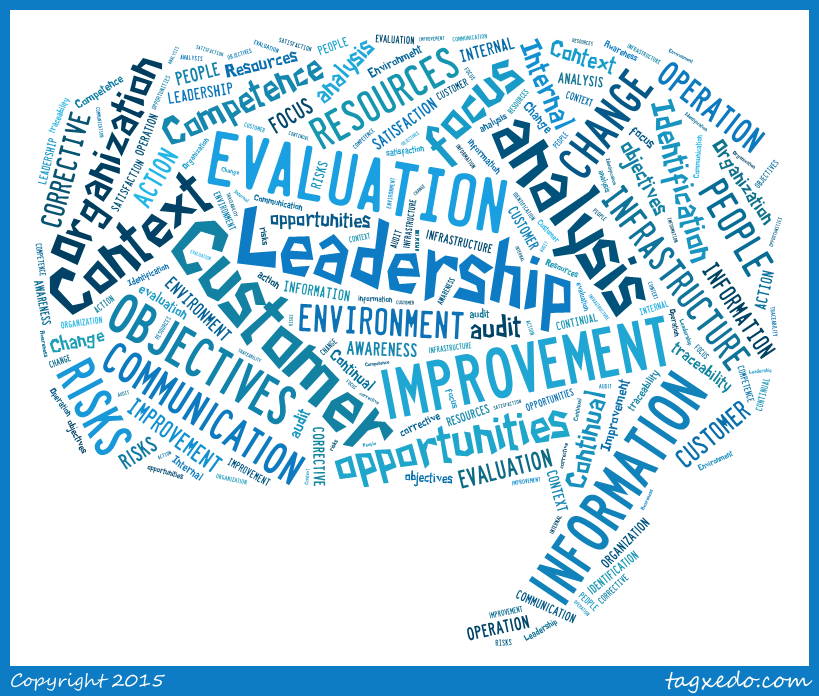Compliance Manager role in modern organizations-Empower decision makers
- by gcarroll@fasttrackaust.com (Greg Carroll)
- •
- 07 Sept, 2015
- •
The Basics
Let’s look at the basic tenets for good decision making from Harvard Business Review article The Effective Decision by Peter F. Drucker:
- Classifying the problem. Is it generic? Is it exceptional and unique? Or is it the first manifestation of a new genus for which a rule has yet to be developed?
- Defining the problem. What are we dealing with?
- Specifying the answer to the problem. What are the “boundary conditions”?
- Deciding what is “right,” rather than what is acceptable, in order to meet the boundary conditions. What will fully satisfy the specifications before attention is given to the compromises, adaptations, and concessions needed to make the decision acceptable?
- Building into the decision the action to carry it out. What does the action commitment have to be? Who has to know about it?
- Testing the validity and effectiveness of the decision against the actual course of events. How is the decision being carried out? Are the assumptions on which it is based appropriate or obsolete?
To anyone familiar with ISO 9001:2015 this would strike a chord. Context, Identify, Analyse, Evaluate, Treat, Review. But it doesn’t matter how good your solution is, if you don’t get No. 1 right!
Thinking Fast and Slow
In Danial Kahneman’s “Thinking Fast and Slow”, he categorizes decision making into “Fast thinking”, jumping to conclusions, and “Slow”, analytical reasoning. Both are correct in their applicable circumstances. Fast thinking, or jumping to conclusions, is acceptable if the conclusion is likely to be correct and the cost of the occasional mistake affordable. It’s a risky approach when the situation is unfamiliar, the stakes high, and there isn’t time to collect more information. Fast thinking uses the situational context as the framework for identifying the problem then jumps to known solutions to find the closest fit. In management speak, we use Fast Thinking for tactical decision making and Slow Thinking for Strategic decision making.
Although both types of thinking are valid, in business life tactical decision making is far more prevalent and a greater influence on organisational performance. I will cover tactical and strategic decision making individually in the follow-up articles but here I will start with understanding decision making and the critical first step of framing context.
The majority of writings on decision making concentrate on awareness of bias, validation of sources, and seeking opposing evidence (see COSO “Enhancing Board Oversight by Avoiding and Challenging Traps and Biases”). Unfortunately, most of these are rejected by operational management as self-evident and impractical in real world i.e. add no value. The old adage of “When you're up to your ass in alligators, it's hard to think about draining the swamp" comes to mind.
Identifying Context
The secret to successful decision making is identifying the correct context. Senior management’s propensity for “fast thinking” becomes a legitimate tactical practice if operating within the correct context. Danial Kahneman’s highlight the importance of understanding context with the example of the statement “Ann approached the bank”. It conjures up responses to a financial establishment if taken in one context but a totally different scenario if we know she had previously been floating down a river. The key is to enable decision makers with the ability to quickly visualise context of a situation in relation to its surrounding influences, drivers and the real objective.
Napoleon, arguably one of the greatest strategists (Strategic Thinking) of all time, was also a firm believer that “A battle plan is excellent until the first shot is fired”. He would meticulously research, analyse and prepare scenarios for possible outcomes of a battle, then drill those scenarios into his Marshals to give them the autonomy to act independently (Tactical Thinking) once fighting started.
What Napoleon was doing was instilling a set of “contexts” into his generals to facilitate future good tactical fast thinking when needed. To quote him again: “In war there is but one favorable moment; the great art is to seize it!” Isn’t this the basis of success in today’s disruptive and complex business environment? Identifying an opportunity and seizing the moment – carpe diem!
Step number 1
The simplest and most rewarding step you can take is to give operational management a tool to quickly visualise the relationship between all inputs, outputs, and objectives in a situation. This is the domain of today's Compliance Manager. There are a swath of technologies available to provide this level of management insight, far better than that those ubiquitous dashboards that tell us about the past but not much about where to go.
Secondly, if opportunities were simple, they would have already been exploited. The future is complex, with a high level of uncertainty. This is the world in which we live and it needs decision making tools that can handle real world complexity and uncertainty. Structural/causal modelling is aimed at understanding complex systems and therefore a perfect place to start the move from the current practice of choosing a strategy and “going-for-it” with a hope and prayer, to a deliberate plan avoiding obstacles and choosing the fastest and most efficient path to market or success.
Compliance Managers’ role in the modern organization is to enable/empower decision makers to take action and leave the building defensive walls to the Risk Manager with his heat maps. Establishing an informed and supportive decision environment with appropriate tools will enable operational management to understand the possible options, outcomes and how to monitor their execution to ensure positive outcomes.











